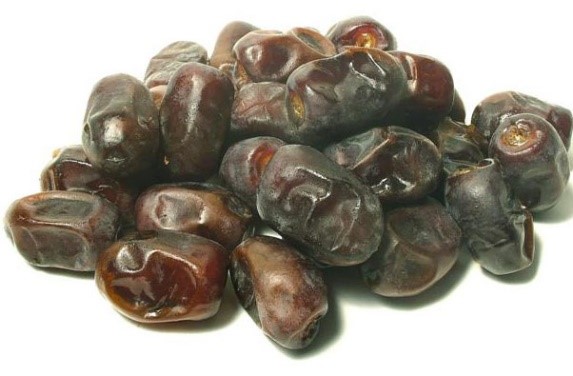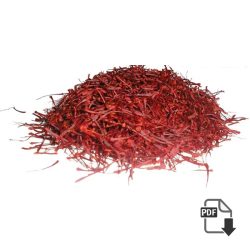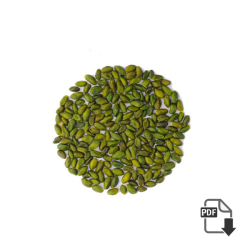Raisin Raw materials
The primary raw material for making raisins is grapes. To make 1 lb (453.59 g) of raisins, over 4 lb (1,814.36 g) of fresh grapes are required. Raisin Raw materials .
These grapes must have certain qualities in order to produce quality raisins. For example, they must ripen early and be easy to dry. Additionally, they must have a soft texture, not stick together when stored, have no seeds, and have a pleasing flavor. The most important grapes for raisin production include Thompson Seedless, Black Corinth, Fiesta, Muscats, and Sultans.
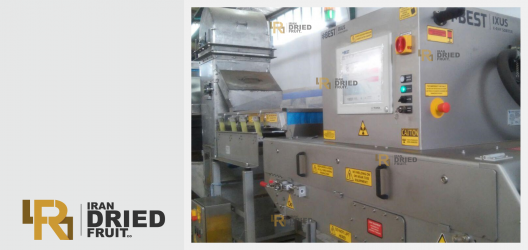
Best X-Ray scanner is sorting raisins with high accuracy and separating foreign material form pure products .
Please for more information or any inquiry click here ……
By far, the most widely grown raisin grape is the Thompson Seedless variety. They are used in the production of over half the world’s raisins. Ninety percent of these come from California. The Thompson was first developed in 1872 by William Thompson, who created it by taking cuttings from an English seedless grape and grafting them with a Muscat grape vine. The resulting plant produced the first Thompson seedless grapes. It is believed that all of the subsequent Thompson seedless vines came from this original grafting.
The Thompson seedless is a white, thinskinned grape, which produces the best raisins available today. Its small berries are oval and elongated. It does not contain seeds and has a high sugar content. From a raisin production standpoint, Thompson grapes are ideal because they ripen fairly early in the season and do not stick to each other during shipping.
The Black Corinth is a grape that originated in Greece, which has become an important variety of raisin grape. They are about one fourth the size of the Thompson grapes and have a juicy, tangy/tart flavor. These grapes are quite small, spherical in shape, and reddish-black in color. They are thin skinned and nearly seedless. They make good raisins and are excellent for production because they ripen early and dry easily. Because of their flavor, they are more often used for baking cookies, specialty breads, and fruitcakes than for eating.
How lucky we are that many of our foodstuffs are already dried, seeded, and otherwise prepared for inclusion in our favorite recipes. We purchase seedless raisins and don’t even have the option of purchasing raisins with seeds. However, this was not the case over TOO years ago. Then, seedless raisins (expensive) were sold alongside those with seeds (noted as cheaper and “more commonly used”).
One might have saved pennies buying raisins with seeds but invested time in seeding those tiny fruits. How? One cookbook suggests that Valencia raisins be heated slightly with water in order to plump them, and then cut with a knife and de-seeded by hand! However, enterprising manufacturers produced labor-saving devices for women’s kitchen chores, including deseeding raisins. First, the housewife clamped her Boss brand raisin seeder to her kitchen table. Then, she loaded the raisins into the hopper at the top. As the housewife cranked the handle, the raisins were squeezed between two grooved rubber and toothed-metal rollers, which exposed the seeds. The seeds were then forced out a chute at the front (pushed out by the metal-toothed rollers) and the raisins dropped below the rollers into a pile.
Next in line of importance to raisin production is the Muscat grapes. These are large, sweet grapes that contain some seeds. Originally grown in Alexandria, Egypt, these grapes were the primary raisin grape before the advent of the Thompson. They were introduced in the United States in 1851. Muscat grapes are juicy, dull green in color, and have a sweet, Muscat flavor. They have moderately tough skins and result in excellent tasting, large, soft-textured raisins. When they are used for raisin making, they are subjected to a mechanical process, which removes the seeds after the grapes are dried. These seeds are a significant drawback to using the Muscat, and additionally, they do not ship well.
Grapes are harvested in August through September. While drying on trays, the grapes’ moisture content is reduced from 75% to under 15% and the color of the fruit changes to a brownish purple. After the fruit is dried, the paper trays are rolled up around the raisins to form a package. The rolls are gathered and stored in boxes or bins before being transported by truck to a processing plant, where they are cleaned, inspected, and packaged.
Two minor varieties of grape that find some use as raisins include the Fiesta and the Sultana. The Fiesta is a white seedless grape with a good flavor. A major problem with these grapes is that their stems are more difficult to remove. The Sultana grape is nearly seedless, but they make inferior raisins because they are less meaty, have a high acid content, and have some small, very hard seeds. Both Fiesta and Sultana raisins are used more often as baking raisins. Raisin Raw materials
Please for more information or any inquiry click here ……
All Type Of Raisin
-
Golden Long Raisin
Golden Long Raisin also is known as Golden Raisin Jumbo or Kashmari Golden Raisin. As it is clear from its name the color of this raisin is golden. Raisins, in general, are dried grapes.
-
Green Raisins ( Jumbo Raisins ) wholesale price + analysis + sale offer
Green Raisins | Jumbo Raisins : Green Raisins also are known as Green Jumbo Raisin, Kashmari (Kashmiri) Green Raisins and Green Long Raisins. As it is clear from its name the color of this raisin is green. Raisins, in general,…
-
sultana raisin dark brown special wholesale price + analysis + sale offer
This kind is prepared by drying the fruit in full sun and results in a dark color.
-
Sultana Raisin Light Brown Special wholesale price + analysis + sale offer
Sultana Raisins Light Brown are dried Seedless grapes of the Vitis vinifera species. Customers also know this raisin as Malayer Raisin or Seedless Thompson. As it is clear from its name the color of this raisin is light brown. Farmers…
-
Golden Raisin Special wholesale price + analysis + sale offer
This kind is oven-dried and then sulfur is added to preserve its color.

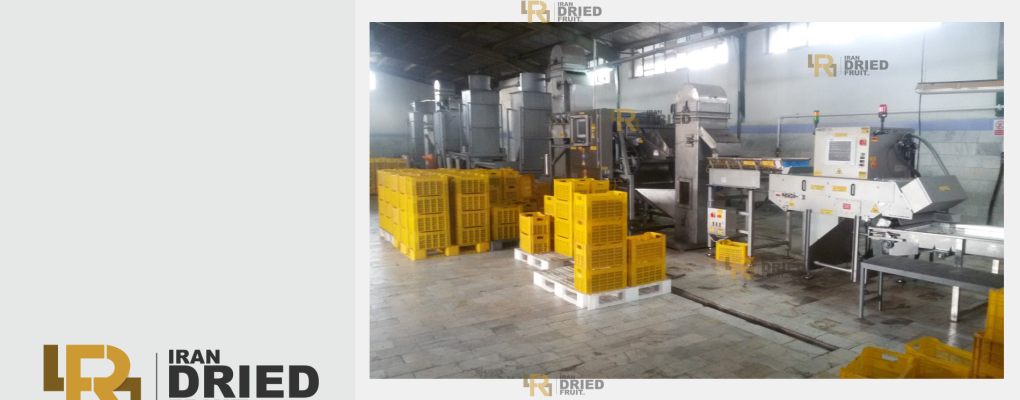
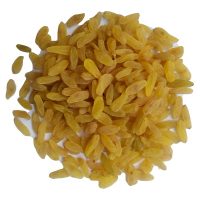
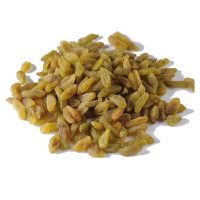
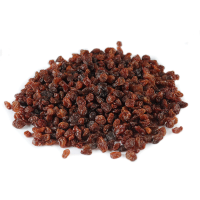
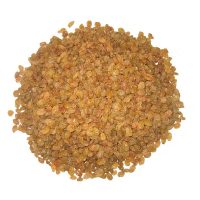
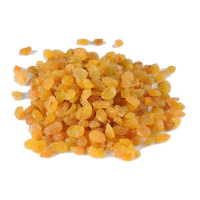
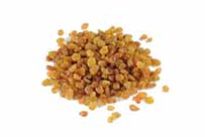
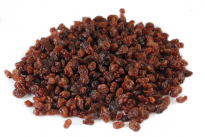
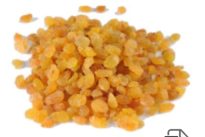
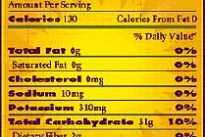
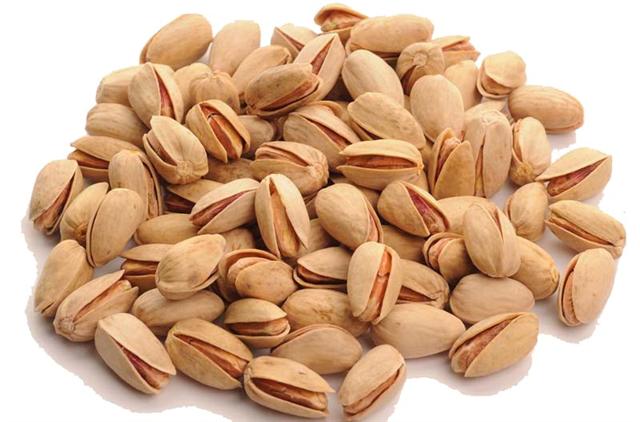
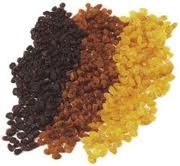 3 kind raisin
3 kind raisin 